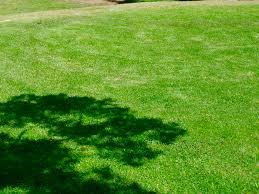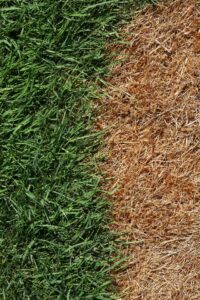BY DANIELA GIRALDO – MAY 05, 2024
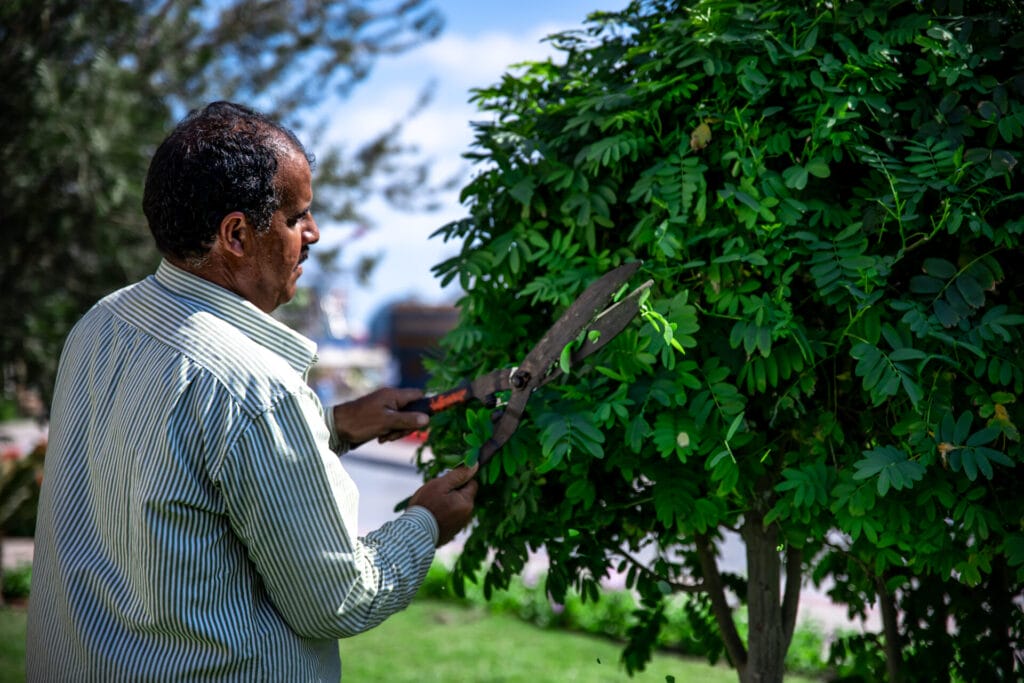
Tree pruning is both an art and a science. Beyond the aesthetic appeal, pruning plays a vital role in maintaining the health, structure, and longevity of trees. However, many people underestimate the complexity of tree pruning, often resorting to haphazard cuts that can harm the tree rather than benefit it. In this guide, we will delve deep into the different shapes and styles of tree pruning, providing valuable insights for both novice gardeners and seasoned arborists.
Before we dive into the various shapes and styles of pruning, it’s crucial to understand the fundamental principles behind this practice. Pruning involves selectively removing branches to improve the overall health, appearance, and safety of a tree. Done correctly, pruning can stimulate growth, enhance fruit production (in fruit-bearing trees), and mitigate the risk of branches falling and causing damage.
Several factors influence the pruning process, including:
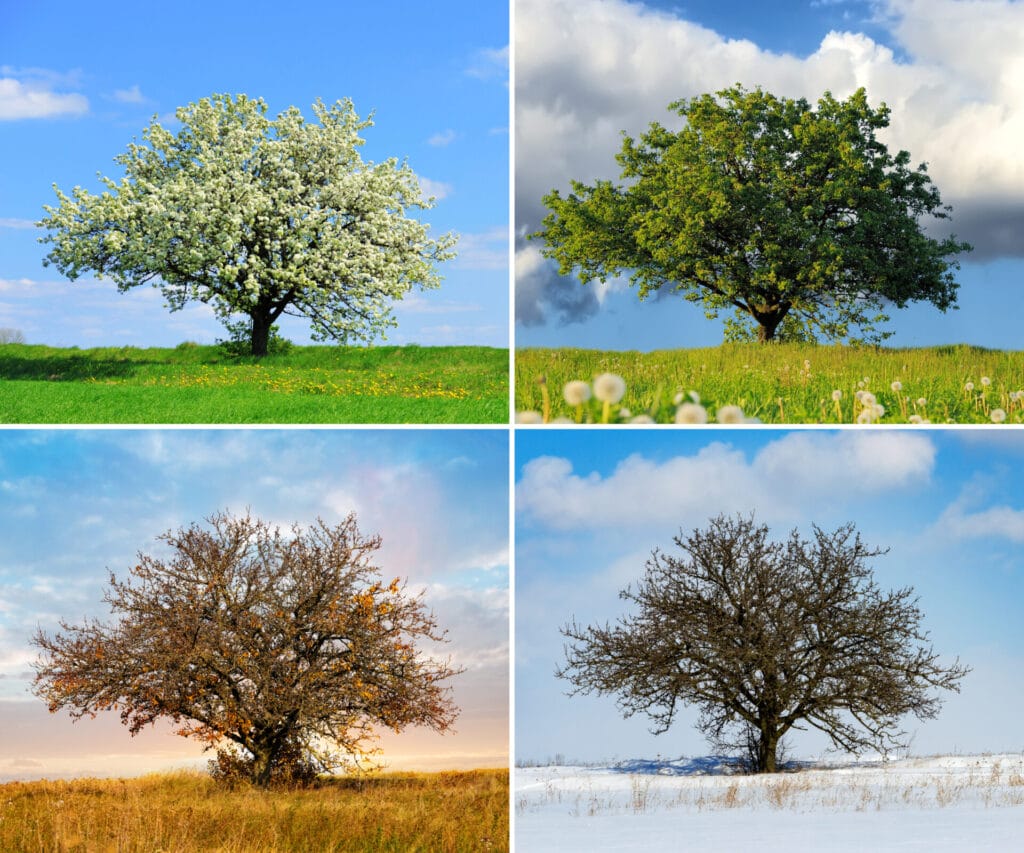
Now, let’s explore the different shapes and styles of tree pruning:
Natural pruning involves minimal intervention, allowing the tree to develop its natural shape with minimal human interference. This approach is ideal for native or wild trees and is often practiced in forest ecosystems where trees are left to grow without human intervention.
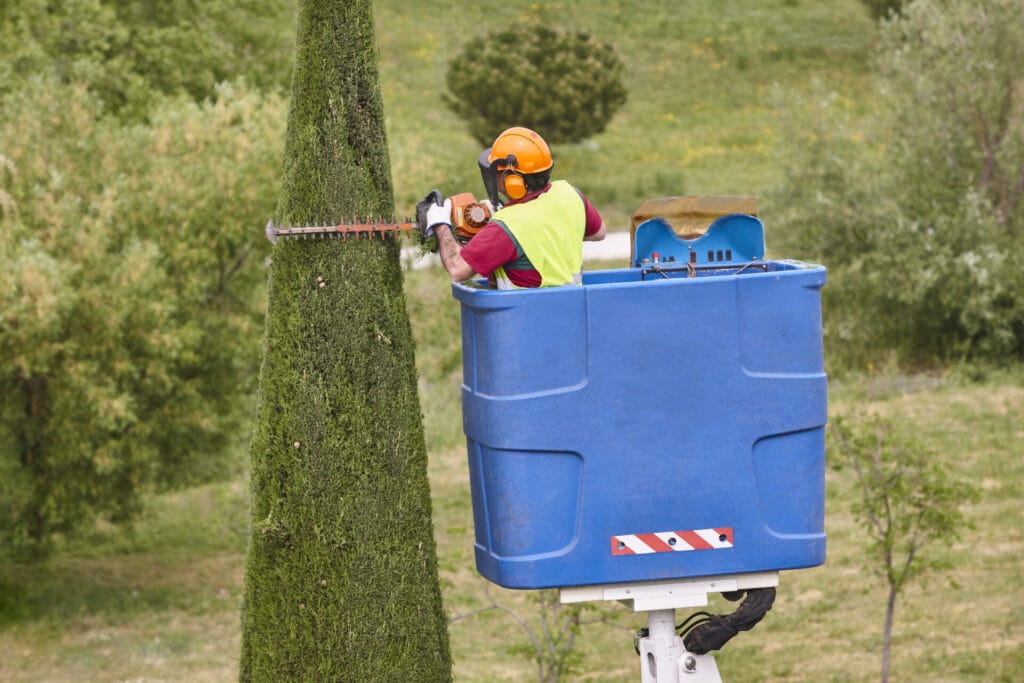
Thinning pruning involves selectively removing branches to reduce the density of the tree’s canopy. This allows for better air circulation and sunlight penetration, promoting overall tree health. Thinning also helps to reduce the risk of disease by eliminating overcrowded areas where pathogens thrive.
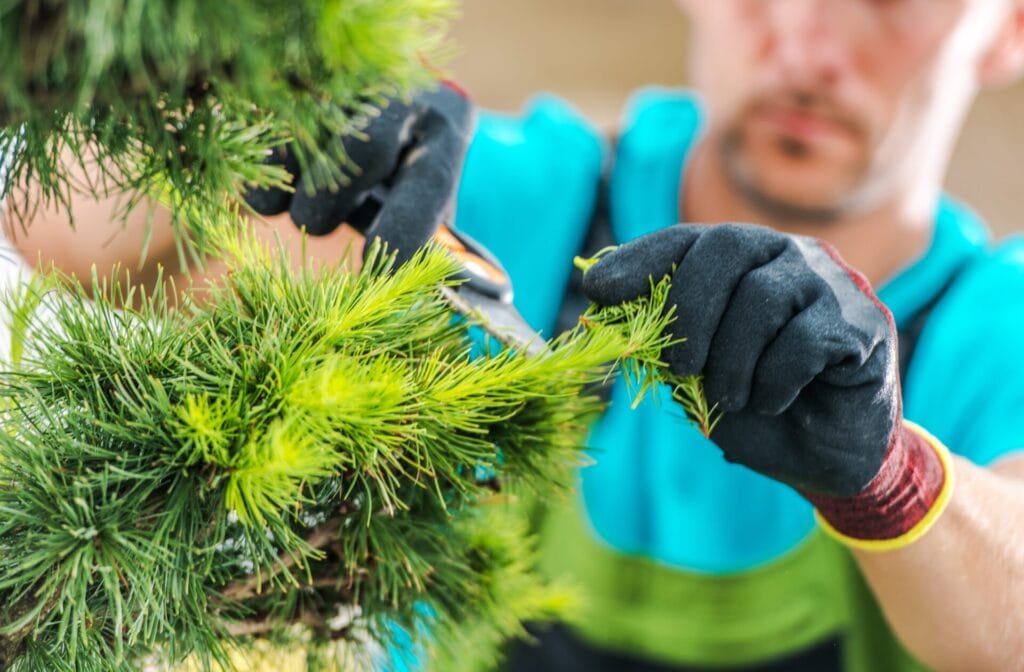
Crown reduction pruning is performed to reduce the overall size and spread of the tree’s canopy. This is often done to mitigate the risk of branches interfering with structures or overhead utility lines. Crown reduction should be carried out with caution to avoid damaging the tree’s structure or causing stress.
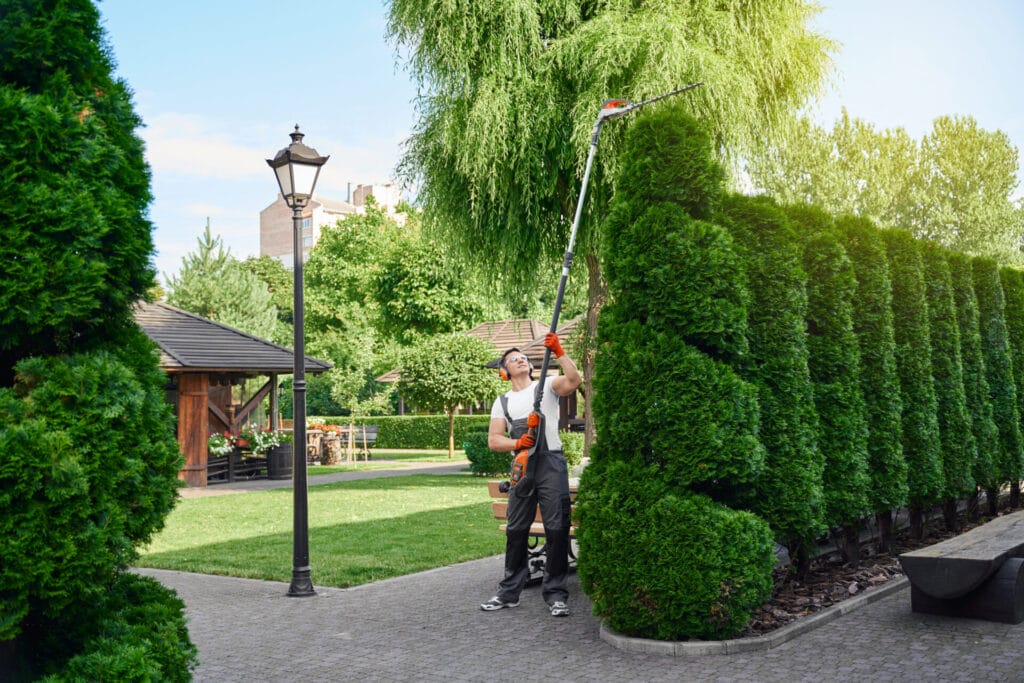
Crown raising involves removing lower branches to provide clearance for pedestrians, vehicles, or structures beneath the tree. This style of pruning is commonly employed in urban areas to improve visibility and accessibility while maintaining the integrity of the tree.
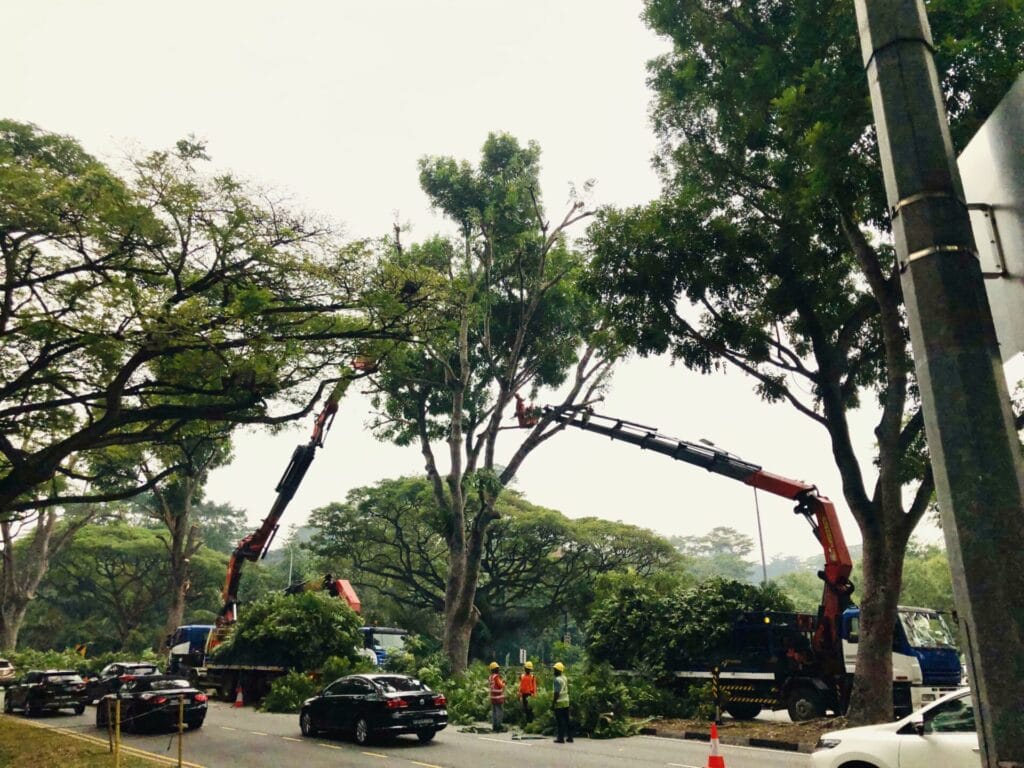
Espalier is a specialized pruning technique used primarily in fruit trees for decorative purposes or to maximize fruit production in limited spaces. It involves training the tree to grow flat against a support structure, such as a wall or fence, by pruning and shaping the branches.

Pollarding is a drastic pruning method where the upper branches of a tree are removed, leaving only the main trunk and a framework of short lateral branches. This style of pruning is often used in urban areas to control the size of trees and encourage dense foliage growth.
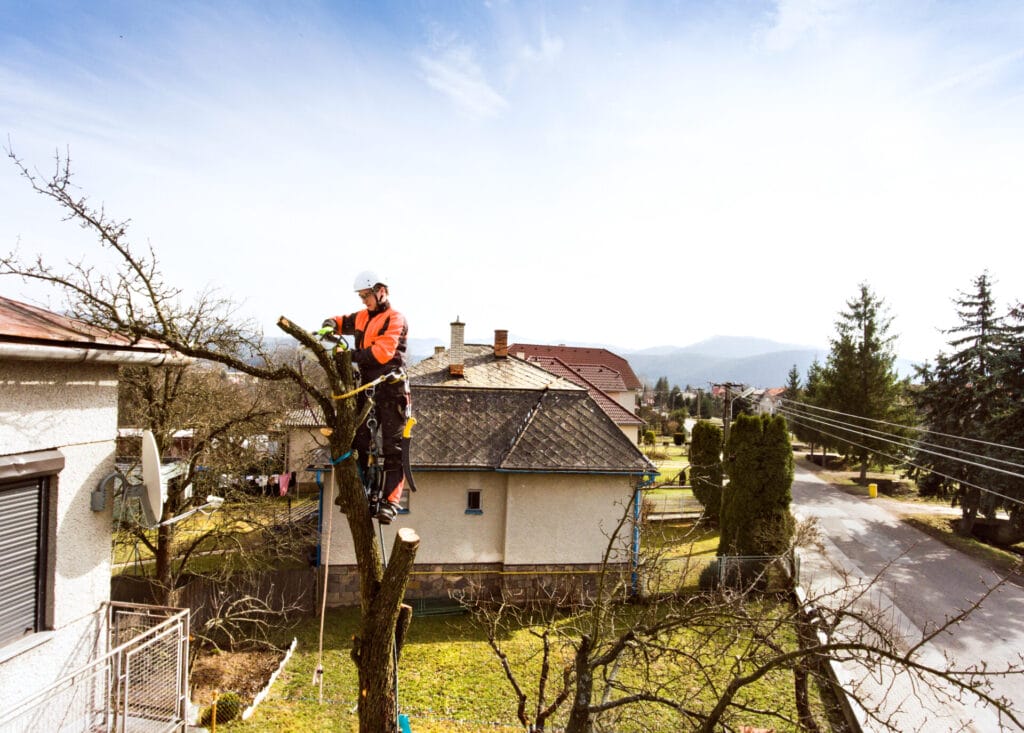
Topiary pruning involves shaping trees and shrubs into intricate geometric or figurative forms. This style of pruning requires meticulous attention to detail and is commonly used in ornamental gardens to create visually striking displays.
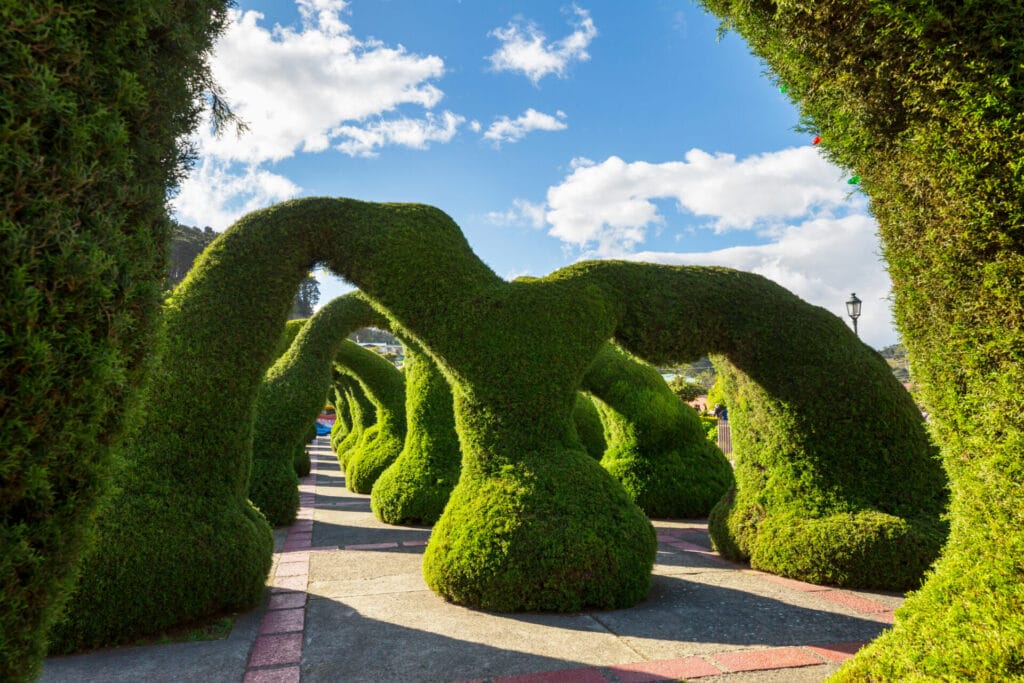
Hedge pruning is a specialized form of pruning used to maintain formal hedges or topiaries. It involves regular trimming to achieve a uniform shape and density, often using mechanical or manual hedge trimmers.
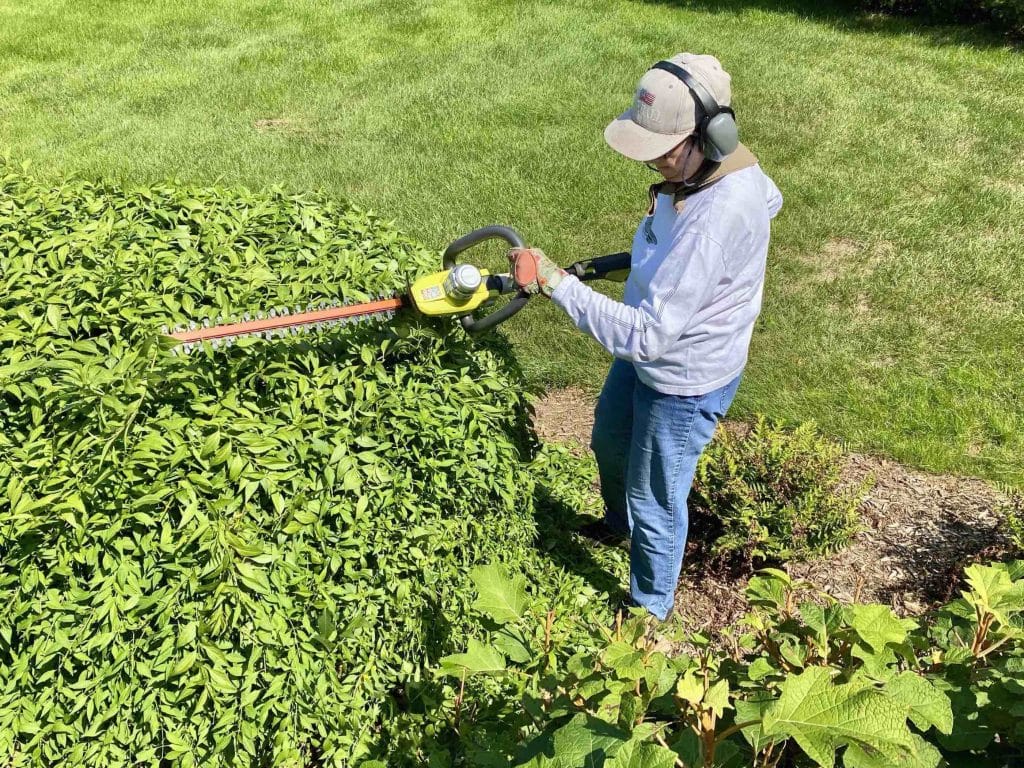
Japanese pruning encompasses several traditional pruning styles, including Niwaki (garden trees), bonsai (miniature trees), and cloud pruning (sculpting trees to resemble clouds). These styles emphasize harmony with nature and often incorporate aesthetic principles such as asymmetry and balance.
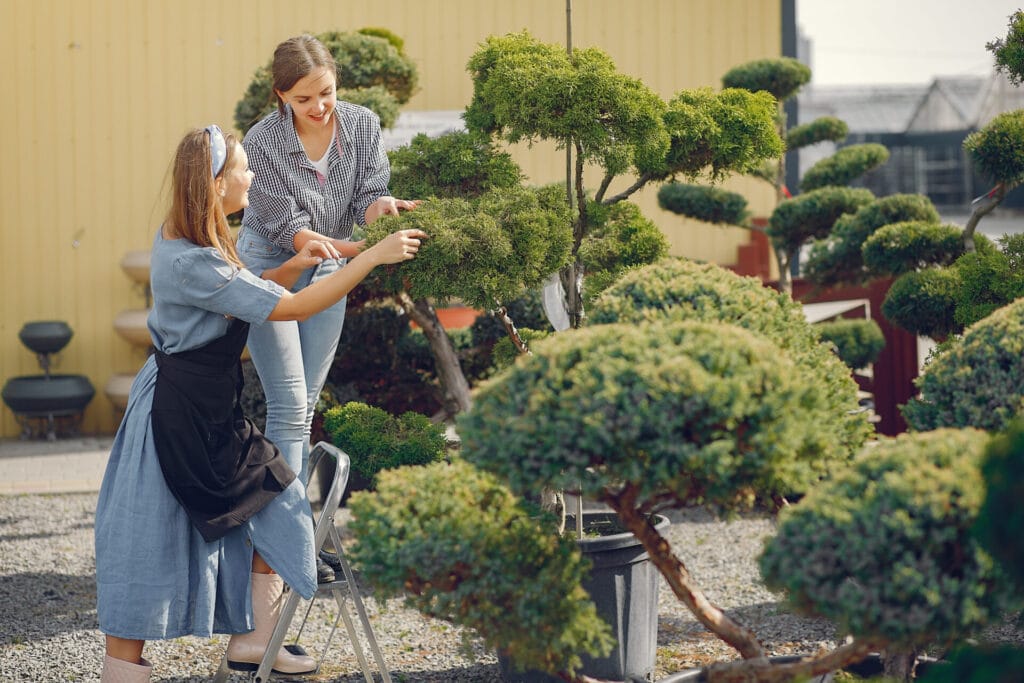
Mastering the art of tree pruning requires a combination of knowledge, skill, and patience. By understanding the different shapes and styles of pruning, gardeners and arborists can effectively manage tree growth while enhancing the beauty and health of their landscapes. Whether you’re pruning for aesthetic appeal, fruit production, or safety, it’s essential to approach the task with care and respect for the natural growth patterns of the tree. With practice and dedication, you can become proficient in the ancient art of tree pruning, enriching both your surroundings and your connection to the natural world.
Share this post:
Check other topics that may help you get more insights for your project:


